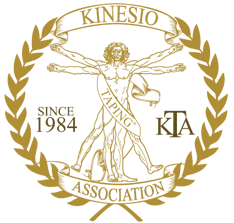
Since 2008, Dr. Scott has treated hundreds of CrossFit competitors at Throwdowns, Regionals and the CrossFit Games. His experience both as a former elite level athlete and as a health care provider to dozens of professional athletes gives him the edge on quickly diagnosing and treating athletic injuries. And his training through Active Release Technique® and RockTape® make his skill all the more valuable for the CrossFit competitor.
He has again been invited to treat athletes at this year’s Regional competitions and at The CrossFit Games. See you at the Games!
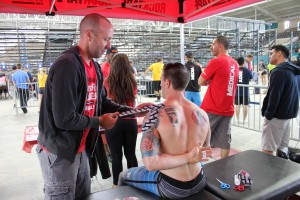
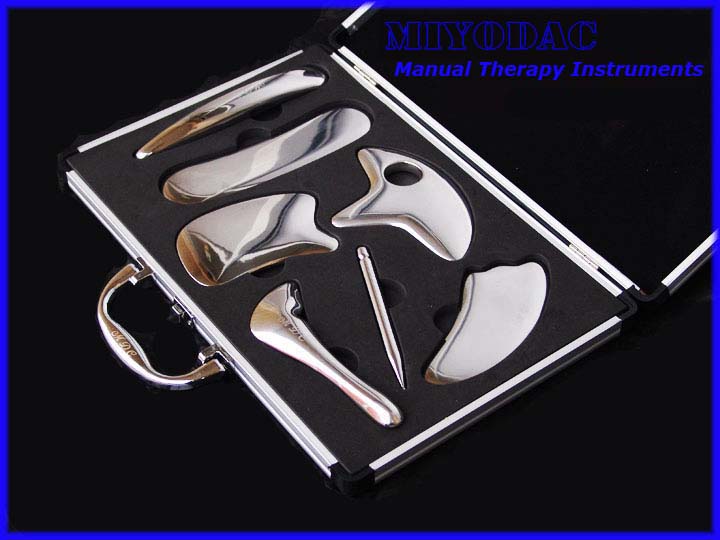
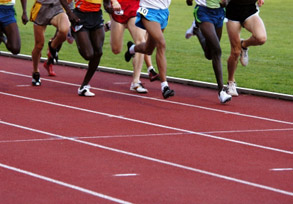
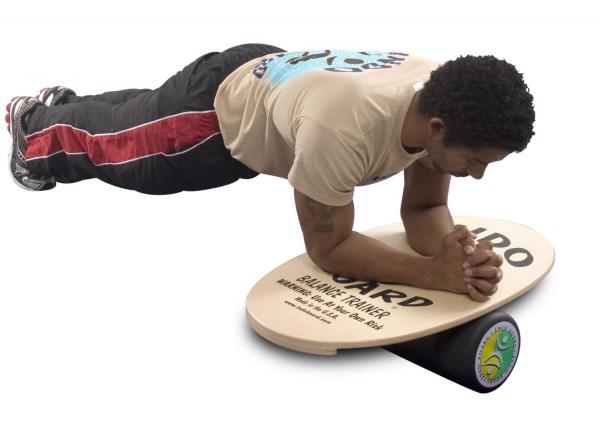

 If you have a personal trainer, coach, martial arts, pilates, or yoga instructor, Dr. Scott will contact them and work hand-in-hand to coordinate a plan that works best for you and your individual goals.
If you have a personal trainer, coach, martial arts, pilates, or yoga instructor, Dr. Scott will contact them and work hand-in-hand to coordinate a plan that works best for you and your individual goals.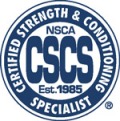



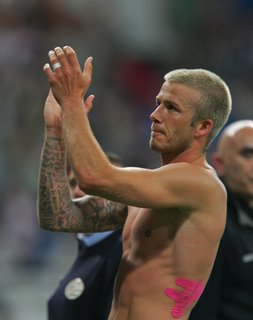
 give support while still maintaining full range of motion. This enables the patient to participate in his/her normal physical activities with functional assistance. The second technique, which is most comm
give support while still maintaining full range of motion. This enables the patient to participate in his/her normal physical activities with functional assistance. The second technique, which is most comm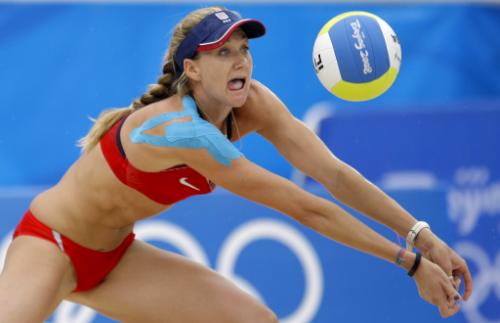
 Since the introduction of Kinesiology Taping in the United States, medical practitioners such as PTs, ATCs, OTs, DCs, MTs and MDs have recognized
Since the introduction of Kinesiology Taping in the United States, medical practitioners such as PTs, ATCs, OTs, DCs, MTs and MDs have recognized 